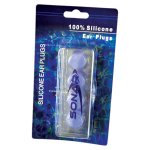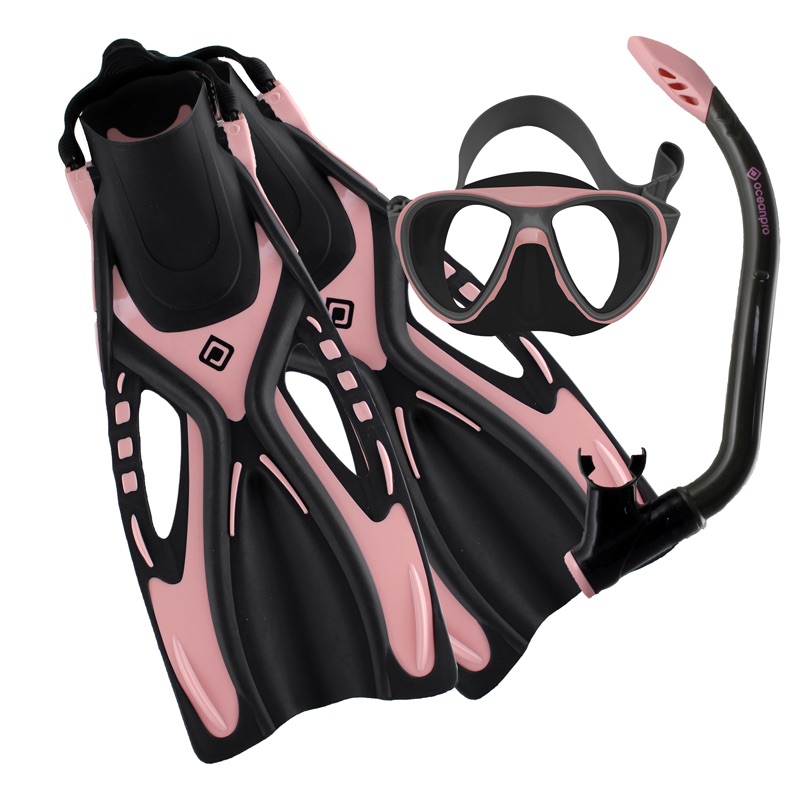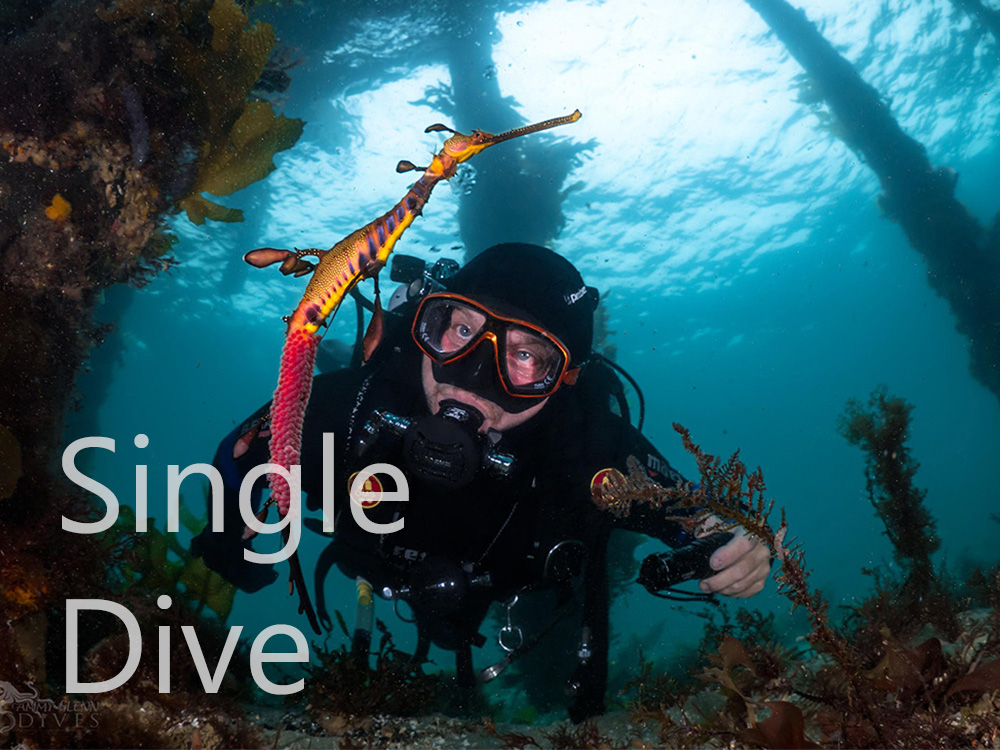Navigation
The Scuba Doctor offers a selection of quality products to equip kids - child and junior - for swimming in the pool or at the beach.
Tin Mine Cove
![]() Reef Dive |
Reef Dive | ![]() Shore access
Shore access
![]()
![]()
![]()
![]()
![]()
![]()
Depth: 2 m (6.56 ft) to 15 m (49 ft)
Level: Open Water and beyond.
Tin Mine Cove at Wilsons Promontory is suitable for both snorkelling and scuba diving. If snorkelling or apnea diving, walk to the point from the beach. If scuba diving from a boat, anchor next to the big boulder at the north end of Tin Mine Cove beach.
The site slopes off gently from the beach to a depth of 15 metres about 50 metres offshore. Best not to go much further out as there is a deep channel that is subject to strong tidal currents. Best dived at slack water.
See also, Parks Victoria: Tin Mine Cove.
Traditional Owners — This dive site is in the traditional Country of the Boon Wurrung / Bunurong people of the Kulin Nation. This truly ancient Country includes parts of Port Phillip, from the Werribee River in the north-west, down to Wilson's Promontory in the south-east, including the Mornington Peninsula, French Island and Phillip Island, plus Western Port. We wish to acknowledge the Boon Wurrung as Traditional Owners. We pay respect to their Ancestors and their Elders, past, present and emerging. We acknowledge Bunjil the Creator Spirit of this beautiful land, who travels as an eagle, and Waarn, who protects the waterways and travels as a crow, and thank them for continuing to watch over this Country today and beyond.
Tin Mine Cove Location Map
Latitude: 38° 48.235′ S (38.803917° S / 38° 48′ 14.1″ S)
Longitude: 146° 25.215′ E (146.42025° E / 146° 25′ 12.9″ E)
Datum: WGS84 |
Google Map
| Get directions
Added: 2019-03-13 17:50:21 GMT, Last updated: 2022-04-29 14:29:04 GMT
Source: Google Earth
Nearest Neighbour: Tomatin, 6,060 m, bearing 85°, E
Wilsons Promontory.
Corner Inlet Marine National Park.
Depth: 2 to 15 m.
[ Top ]
DISCLAIMER: No claim is made by The Scuba Doctor as to the accuracy of the dive site coordinates listed here. Should anyone decide to use these GPS marks to locate and dive on a site, they do so entirely at their own risk. Always verify against other sources.
The marks come from numerous sources including commercial operators, independent dive clubs, reference works, and active divers. Some are known to be accurate, while others may not be. Some GPS marks may even have come from maps using the AGD66 datum, and thus may need be converted to the WGS84 datum. To distinguish between the possible accuracy of the dive site marks, we've tried to give each mark a source of GPS, Google Earth, or unknown.
Copyright © 2005-2022 by The Scuba Doctor Australia, ABN 88 116 755 170. All rights reserved.
tel. +61 3 5985 1700 :: email. diveshop@scubadoctor.com.au :: Web site by it'sTechnical 2022
















![Halcyon Infinity 30lb System [SS Small Backplate] Halcyon Infinity 30lb System [SS Small Backplate]](/diveshop/images/halcyon/Halcyon-Evolve-Wing.jpg)






















































































































